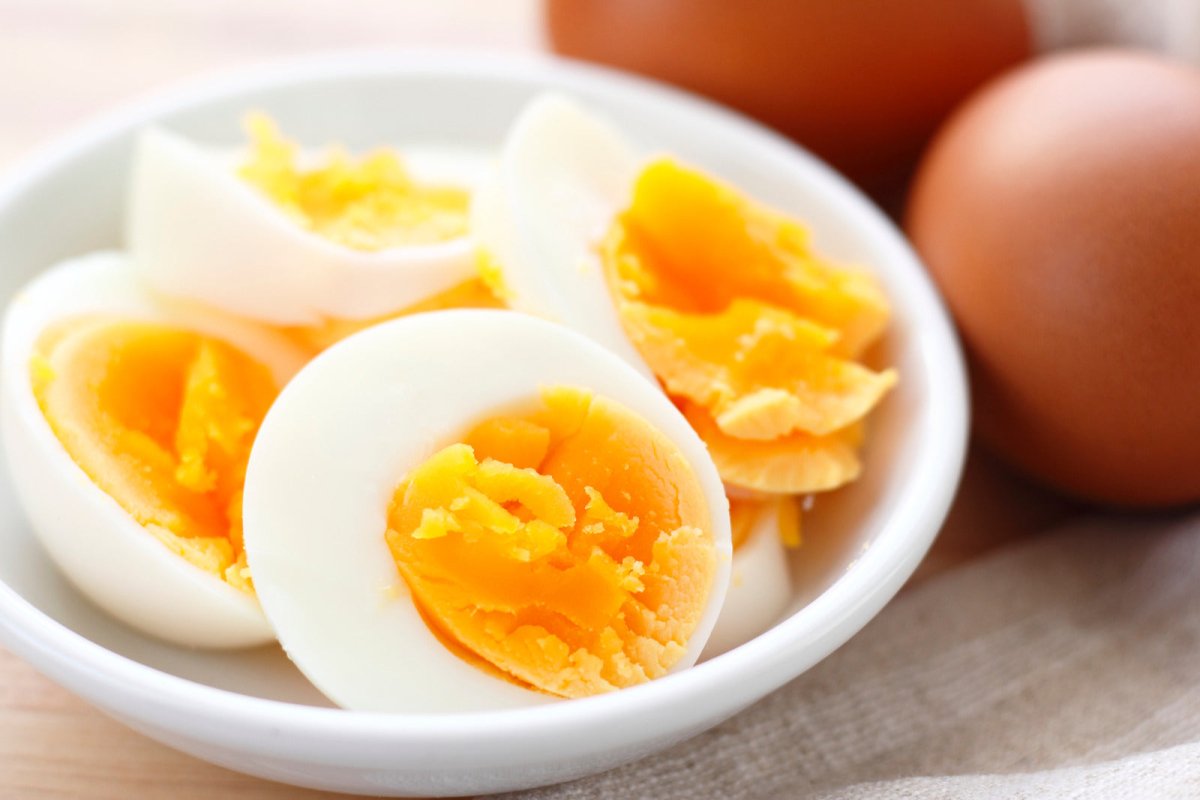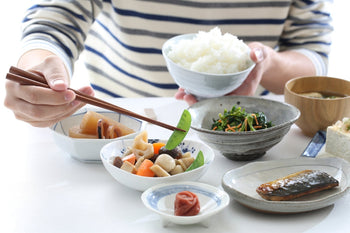

Introduction to Japanese Egg Cuisine
The Variety of Japanese Eggs
Before we dive into recipes, let's explore the types of eggs commonly used in Japan:
- Regular Eggs : Widely available and affordable, these eggs are a staple in most households.
- Premium Eggs : Known for their superior taste and nutritional value, often sourced from specific farms.
- Branded Eggs : Produced by companies that feed hens specialized diets to enhance nutritional content.
- Free-range Eggs : Laid by chickens allowed to roam freely, providing eggs with richer flavor profiles.
- Onsen Tamago : Unique eggs cooked using the natural heat of hot springs, offering a distinct gelatinous texture.
Cooking with Japanese Eggs
1. Tamagoyaki – Rolled Omelette
Tamagoyaki is a beloved Japanese omelette, known for its slight sweetness and delicate layers. Perfect for bento boxes and sushi, it’s a versatile dish enjoyed by all ages.
Ingredients :
- Eggs
- Sugar
- Dashi
- Soy sauce
- Nori seaweed
- Mirin
- Neutral oil
Instructions :
- Whisk eggs with dashi, sugar, soy sauce, and mirin.
- Heat oil in a rectangular pan, pour a thin egg layer, and roll it up.
- Repeat until you’ve used all the egg mix.
2. Okonomiyaki – Savory Pancake
A favorite street food, okonomiyaki combines cabbage, yam, and eggs into a hearty pancake. Enjoy it with a variety of toppings for endless flavor combinations.
Steps :
- Create batter with flour, yam, and eggs.
- Mix cabbage and seasonings, then cook in a skillet.
- Add toppings like Kewpie mayo and pickled ginger before serving.
3. Ajitsuke Tamago – Ramen Eggs
These flavorful soft-boiled eggs are marinated to add depth to ramen bowls. Their umami richness and silky yolk make them an essential garnish.
Tips :
- Boil eggs to achieve a slightly runny yolk.
- Marinate in a mix of soy sauce, mirin, and sake overnight for best results.
4. Oyakodon – Chicken and Egg Bowl
This comforting dish features chicken and eggs simmered in a savory broth, served over rice. It’s quick to make and full of flavor.
Method :
- Simmer chicken with onions in a sauce of dashi, mirin, and soy sauce.
- Add eggs gently and serve over steamed rice.
5. Chawanmushi – Steamed Egg Custard
Chawanmushi is a delicate, savory custard featuring eggs and dashi, often including shrimp or mushrooms for added texture.
Preparation :
- Mix eggs with dashi and seasonings.
- Steam in small cups until set, then enjoy as an appetizer or side.
6. Tamago Kake Gohan – Egg Over Rice
A simple yet satisfying breakfast, this dish is made by mixing raw egg with hot rice and soy sauce, highlighting the freshness of quality eggs.
Enhancements :
- Use pasteurized eggs for safety.
- Customize with toppings like nori and sesame seeds.
7. Tamago Sando – Japanese Egg Sandwich
This creamy egg salad sandwich uses Japanese mayonnaise for a rich and smooth texture, perfect for on-the-go meals.
Assembly :
- Mash boiled eggs with Kewpie mayonnaise.
- Layer between slices of milk bread for a soft bite.
8. Omurice – Omelette Rice
A fusion of a fluffy omelette and fried rice, omurice is topped with ketchup for a nostalgic taste loved by many.
Technique :
- Wrap seasoned fried rice in a soft omelette.
- Serve with a generous drizzle of ketchup.
9. Kakitamajiru – Egg Drop Soup
Different from its Chinese counterpart, this soup uses dashi and soy sauce for a lighter texture and taste.
Cooking :
- Boil dashi and soy sauce, then swirl in whisked eggs.
- Finish with fresh spinach or spring onions.
10. Castella – Japanese Sponge Cake
Eggs play a starring role in castella, a popular dessert with a spongy texture and subtle sweetness.
Baking :
- Whisk eggs with honey and sugar, fold in flour.
- Bake until golden, then wrap to retain moisture.
Conclusion
From savory dishes like tamagoyaki and oyakodon to sweet treats like castella, Japanese egg recipes offer endless possibilities for delicious and comforting meals. Expand your culinary repertoire by exploring these recipes and discover the joy of Japanese cooking.



